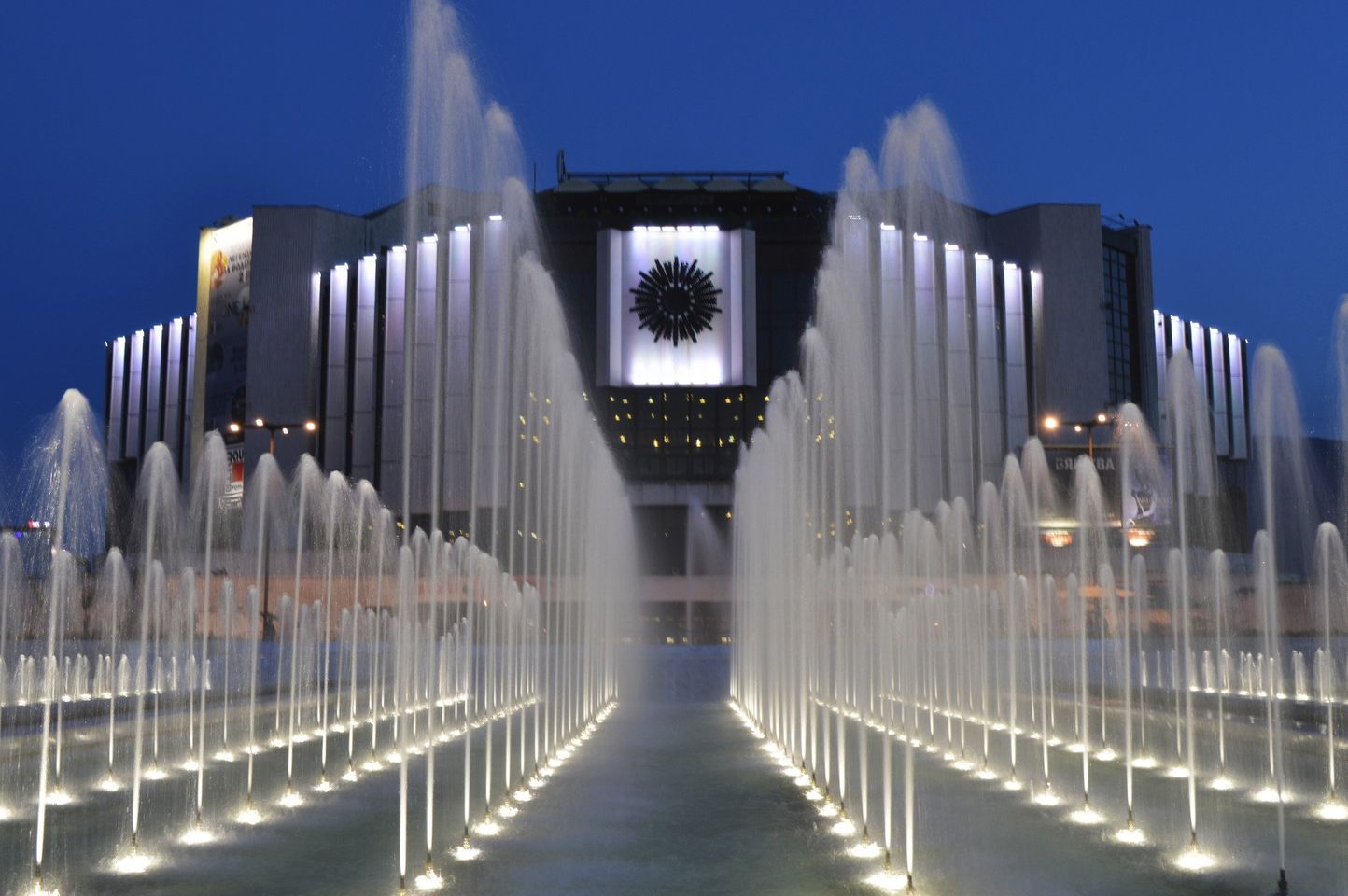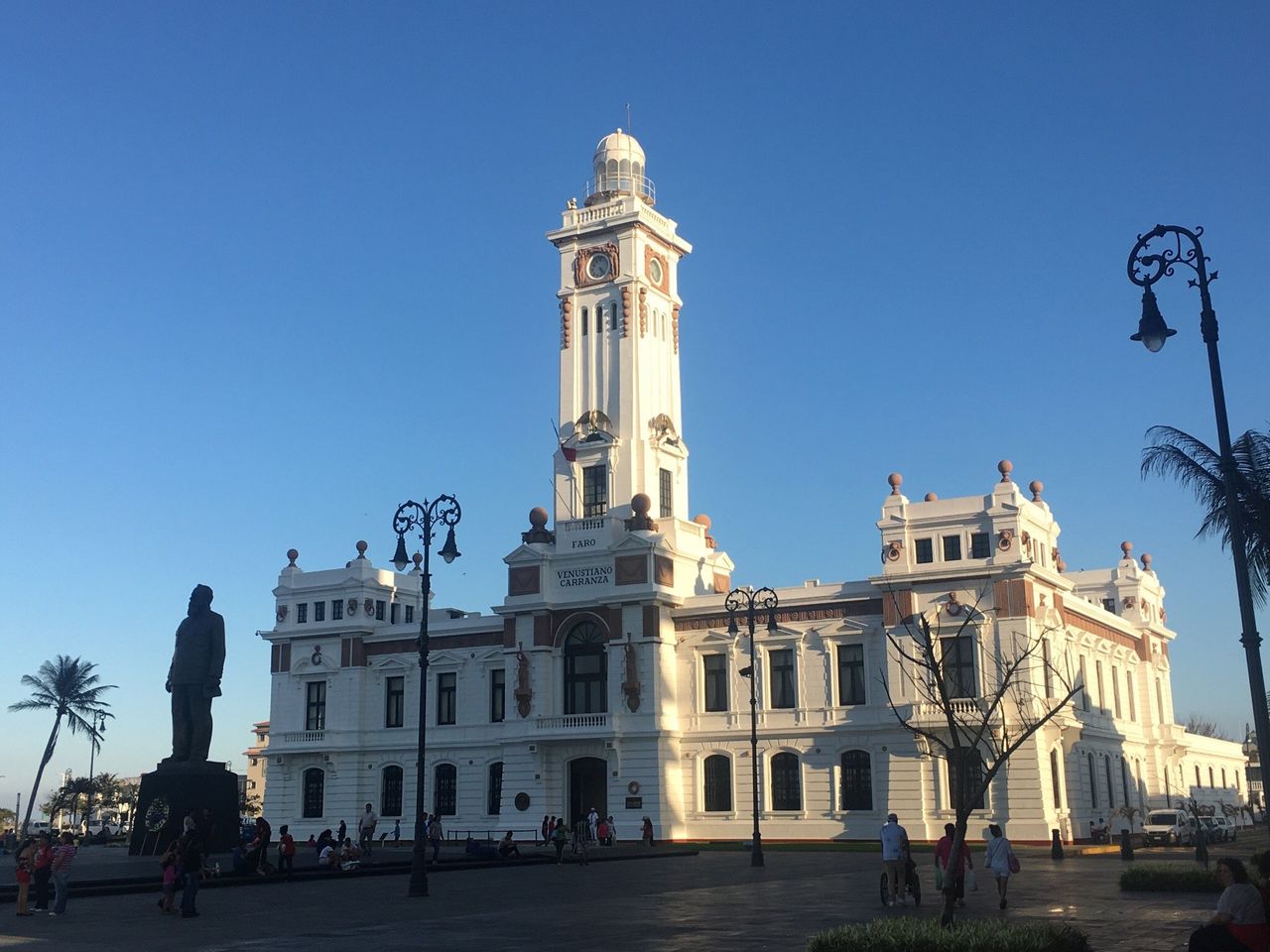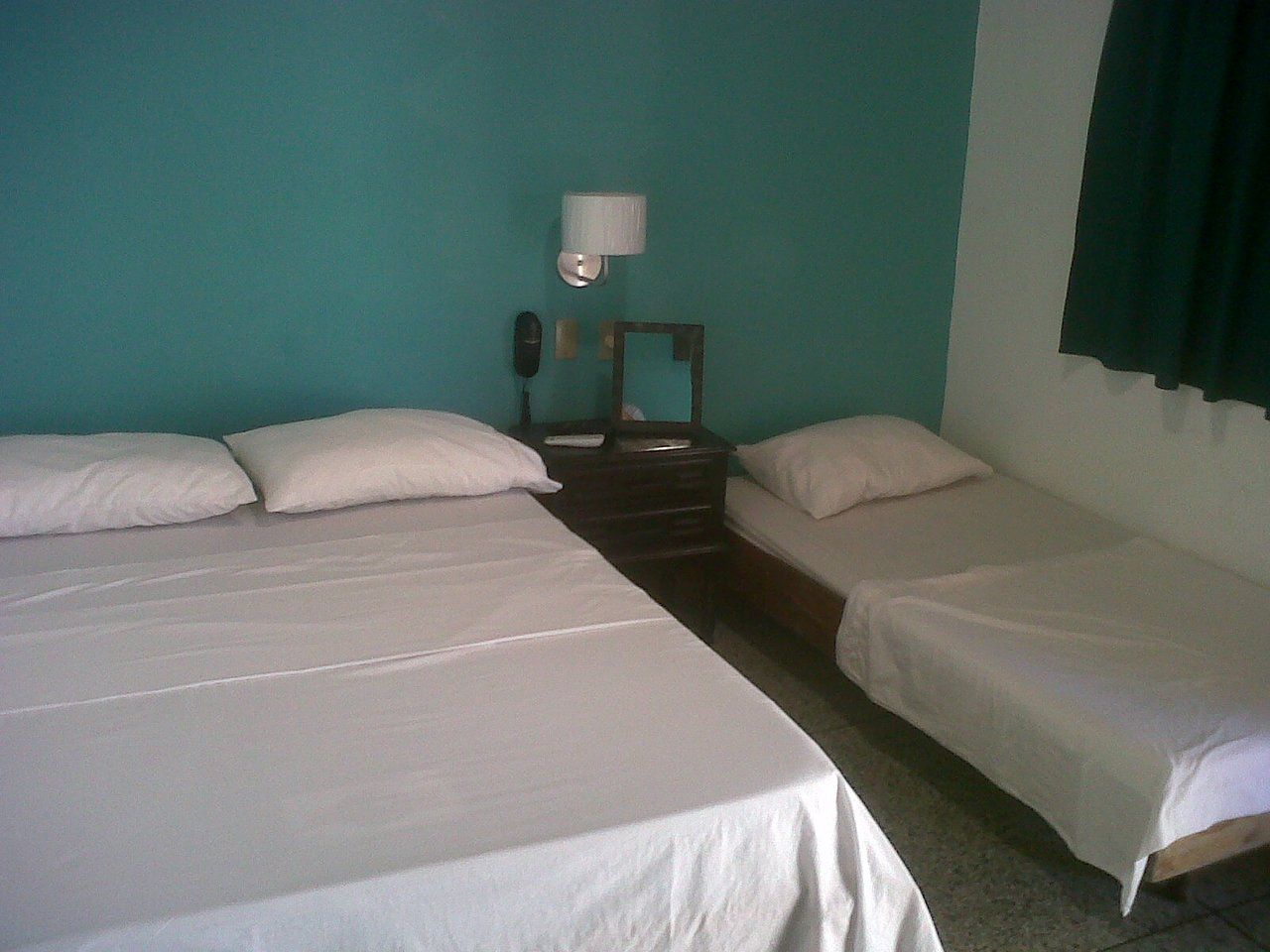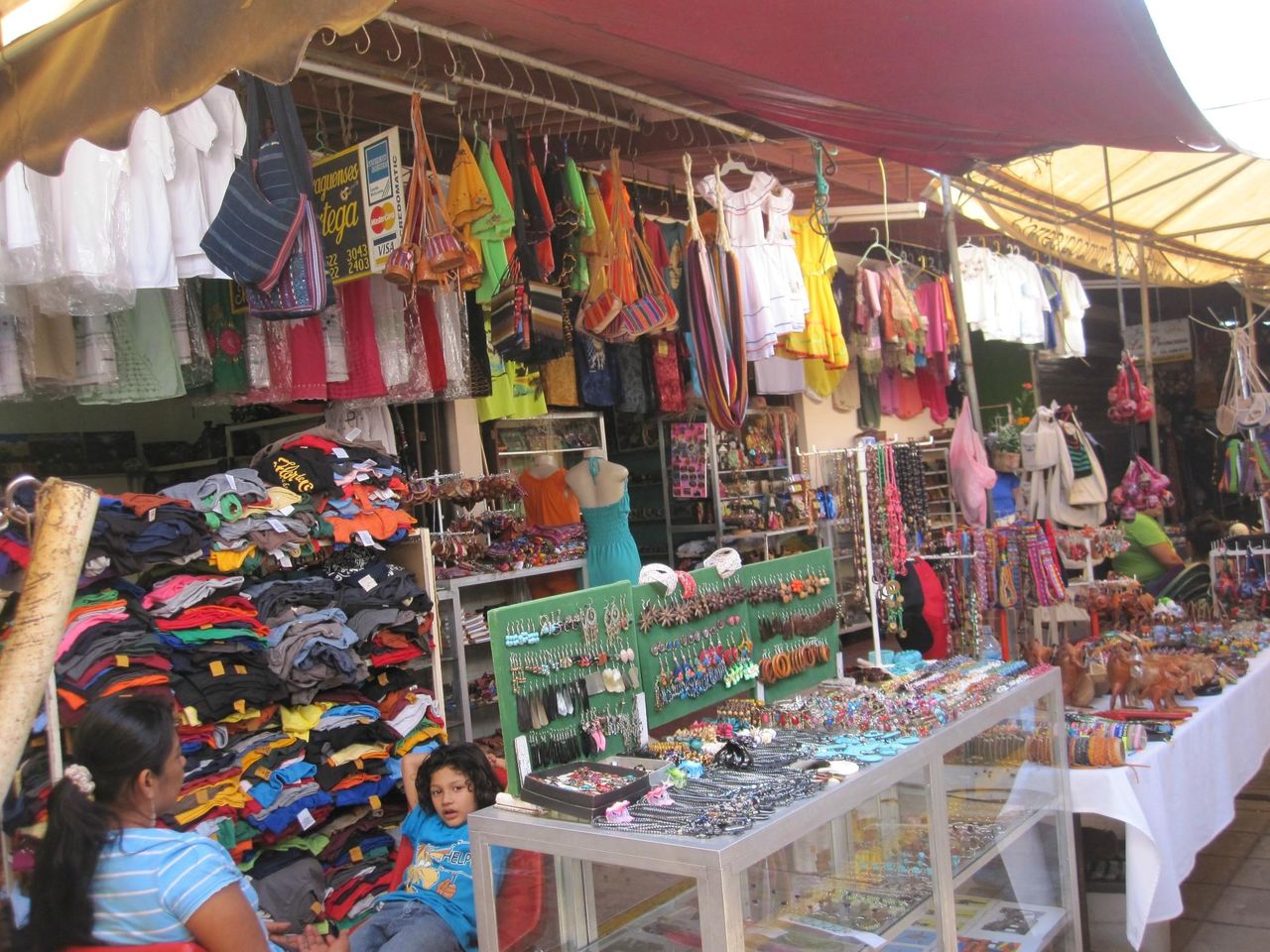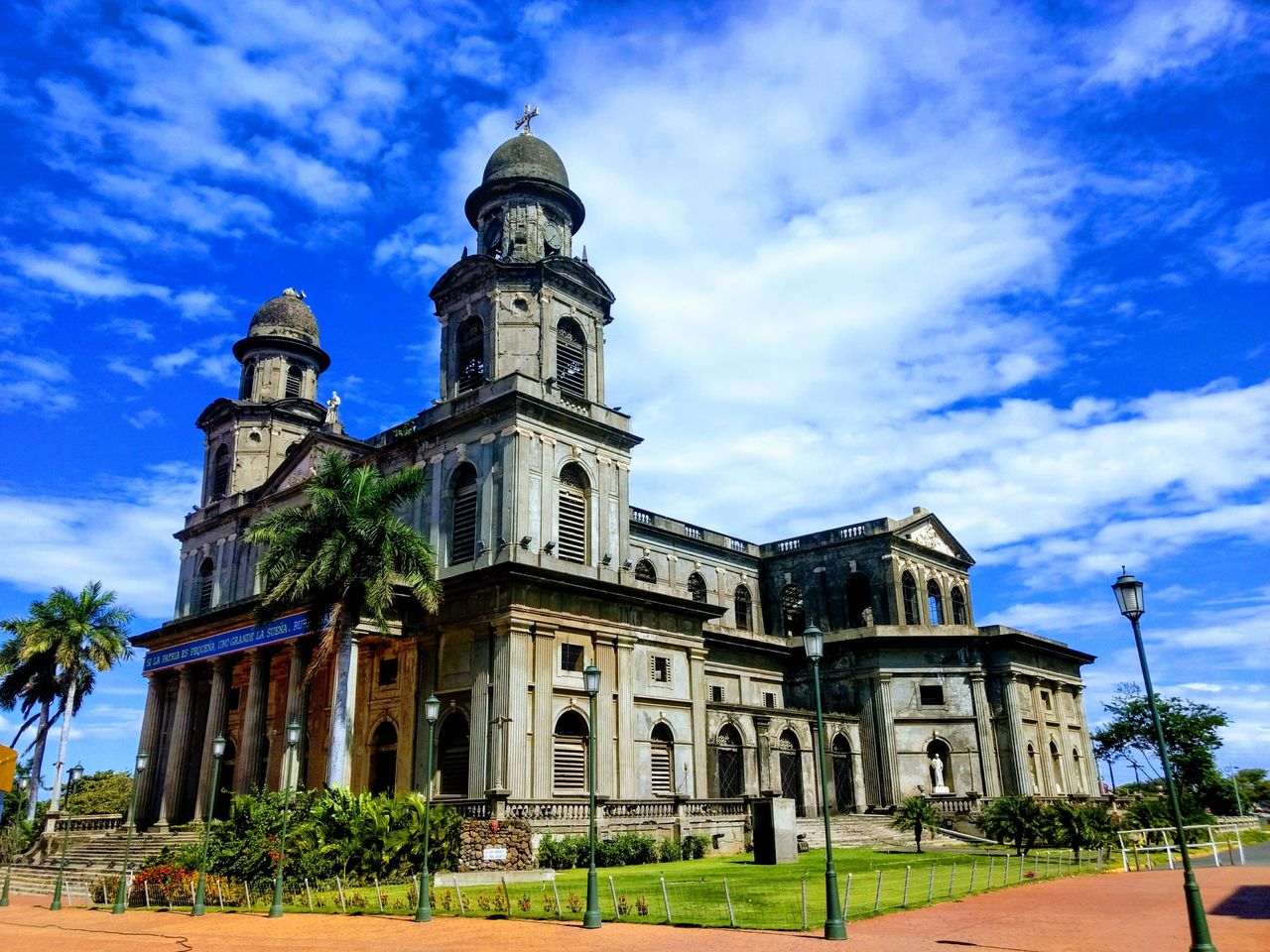Revolutionary History Meets Modern Life: Discover Managuas Vibrant Plaza
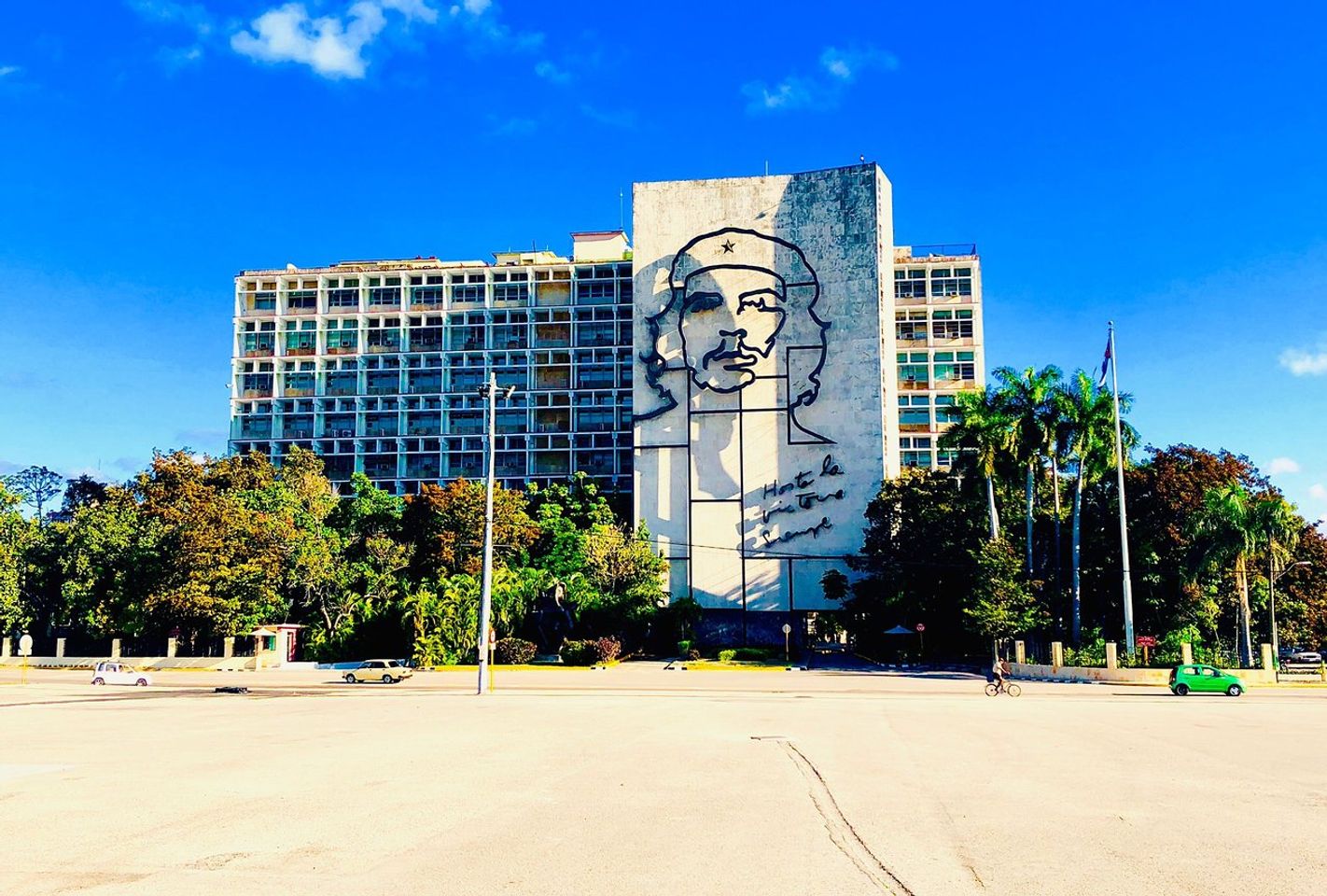
As we stroll through the bustling city of Managua, Nicaragua, one of the most remarkable landmarks that tend to capture our attention is the Plaza de la Revolución. This square, an iconic symbol of Nicaragua’s revolutionary past, is a popular destination for locals and tourists alike. However, our fascination with this historical site goes well beyond its aesthetic. The Plaza de la Revolución evokes a sense of pride, resilience and hope among Nicaraguans, and in this article, we delve deeper into why this site remains so significant today.
The Plaza de la Revolución is a square that has become a central point of Nicaragua’s revolutionary history. We cannot write about the Plaza without mentioning the famous Nicaraguan revolutionary leader, Augusto César Sandino. Sandino was a visionary leader who led the country’s fight for freedom against the US occupation in the 1930s. The square pays homage to this hero, with an imposing statue of Sandino at its center. More than just a tribute to Sandino, the Plaza is also symbolic of the country’s continued struggle for sovereignty and democracy.
Despite its historical significance, the Plaza de la Revolución has undergone changes over the years. It has become less political and more inclusive of other events, such as cultural and sporting events, that bring the community together. This has transformed the site into a hub of social and cultural activities, encouraging people from all walks of life to visit and connect. The Plaza de la Revolución is much more than the architectural beauty; it embodies the spirit of resilience and unity among the Nicaraguan communities in the face of political challenges. Click here to access the complete city guide for Managua.
History of Plaza de la Revolución
As we explore Plaza de la Revolución in Managua, it’s impossible to ignore the historical significance of this landmark site. This plaza is known for being the stage of several pivotal moments in Nicaragua’s history, from the struggle for independence in the early 19th century to the revolution that overthrew the Somoza dictatorship in 1979. The plaza remains a symbol of national pride and resistance, serving as a reminder of the sacrifices made to achieve a free and just society.
Walking through Plaza de la Revolución, we can still see remnants of the past, such as the iconic silhouette of the Sandinista National Liberation Front monument, which towers over the plaza. The revolutionary spirit is palpable in every corner of the square, from the murals that adorn the walls to the street vendors and local artists who try to carry on the legacy of social justice and anti-imperialism.
In many ways, Plaza de la Revolución represents what it means to be a truly democratic society, one that values the voices of the people and their struggle for liberation. It’s a place that should be visited not just for the stunning architecture or the cultural events that take place there, but for the powerful meaning and history that it holds. As we reflect on the past and look towards the future, Plaza de la Revolución will remain a beacon of hope and resilience for generations to come.
Architectural features of Plaza de la Revolución
When it comes to architectural features, Plaza de la Revolución is an absolute gem. The grand plaza, located in the heart of Managua, Nicaragua, boasts an impressive array of buildings and monuments that embody the country’s deep-rooted history and culture. From the towering obelisk honoring revolutionary leader Sandino to the stunning, neoclassical Presidential Palace, the Plaza de la Revolución is a must-visit for anyone interested in Nicaraguan history and architecture.
One of the most captivating aspects of the Plaza de la Revolución is the way in which all the buildings and monuments come together to form a cohesive whole. The plaza’s layout and design feel intentional and well thought out, creating a harmonious and captivating environment that draws visitors in. Furthermore, the buildings themselves are visually striking, with intricate details and designs that showcase the skill and creativity of Nicaragua’s architects and artisans.
What’s more, the Plaza de la Revolución is a testament to Nicaragua’s resilience and perseverance in the face of adversity. Despite the numerous challenges the country has faced over the years, the plaza remains a symbol of resilience and hope, a reminder of the strength and determination of the Nicaraguan people. All in all, the architectural features of the Plaza de la Revolución are a sight to behold, and a testament to the rich cultural heritage of Nicaragua.
Events and demonstrations held at Plaza de la Revolución
When visiting Plaza de la Revolución in Managua, Nicaragua, witnessing an event or demonstration held there is a must-do experience. This historic location has played a significant role in the country’s political and social struggles, and it is where notable Nicaraguan leaders such as Sandino and Ortega have given speeches to their fellow citizens. By attending a demonstration or event, we have the opportunity to participate in Nicaragua’s vibrant political life and see its democracy in action.
One of the most memorable experiences at Plaza de la Revolución is attending a gathering where passionate Nicaraguans share their opinions on a particular issue. These events are often organized by student groups, labor unions, or political parties and are attended by people of all ages. Here, we can gain an insight into the thoughts and emotions of the Nicaraguan people, and even engage in thoughtful conversations with locals about their experiences and hopes for the country’s future.
Attending a demonstration at Plaza de la Revolución also presents a unique opportunity to witness a rally or march through the city streets. Whether to commemorate a historic event, protest a government policy, or show solidarity with a social movement, these demonstrations are always lively and energetic. By joining in the chants and taking part in the parade, we can show our support for the cause and be a part of a momentous occasion in Nicaragua’s history.
Conclusion
In conclusion, Plaza de la Revolución in Managua Nicaragua may be a controversial landmark, but it is undoubtedly an intriguing one. While some argue that it represents an oppressive regime, others see it as a symbol of Nicaragua’s revolutionary past. Regardless of one’s perspective, it remains a significant historical and cultural site that should not be ignored.
As we reflect on the significance of Plaza de la Revolución, we must acknowledge the importance of hearing multiple narratives. It is essential to engage in dialogue with individuals who hold different perspectives to understand the complex history and cultural significance of the Plaza fully. Only through this dialogue can we truly appreciate the rich cultural heritage of Nicaragua.
Ultimately, Plaza de la Revolución serves as a reminder of the power of symbols and the enduring legacy of revolution. As we continue to grapple with issues of political power and representation in our own time, we can look to this Plaza as a source of inspiration and reflection. Who knows what secrets and stories this Plaza still holds – for now, we can only continue to ponder and explore.

